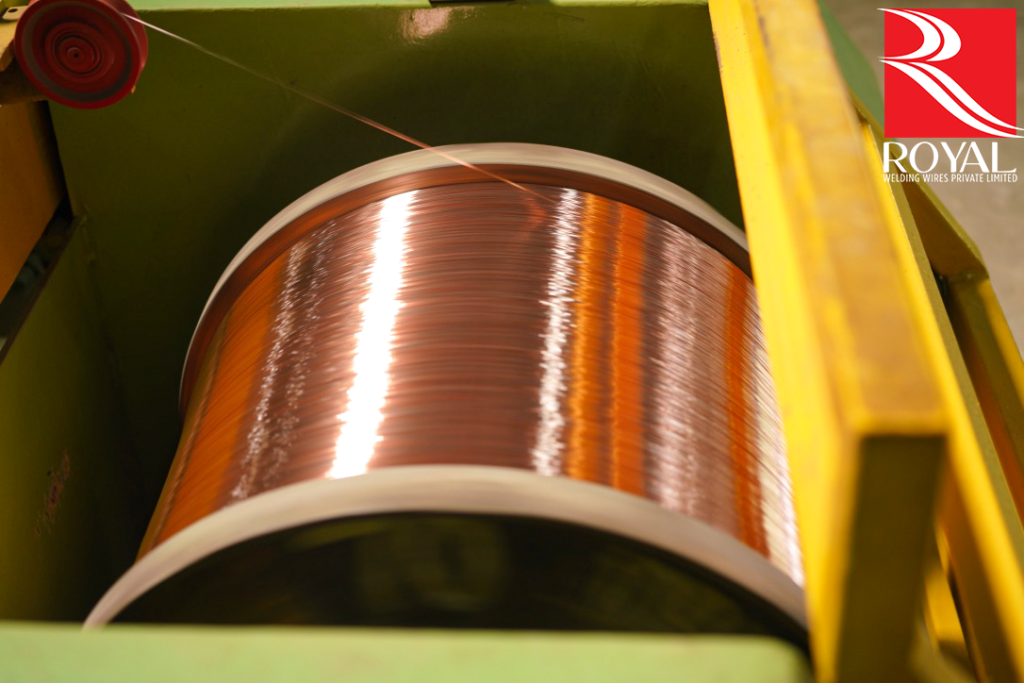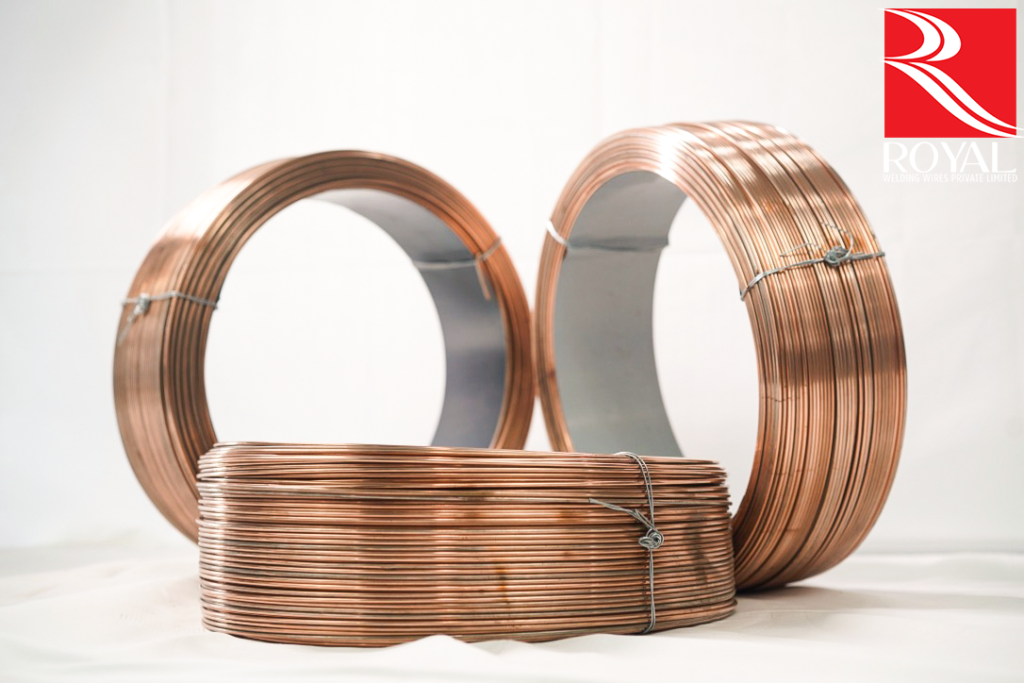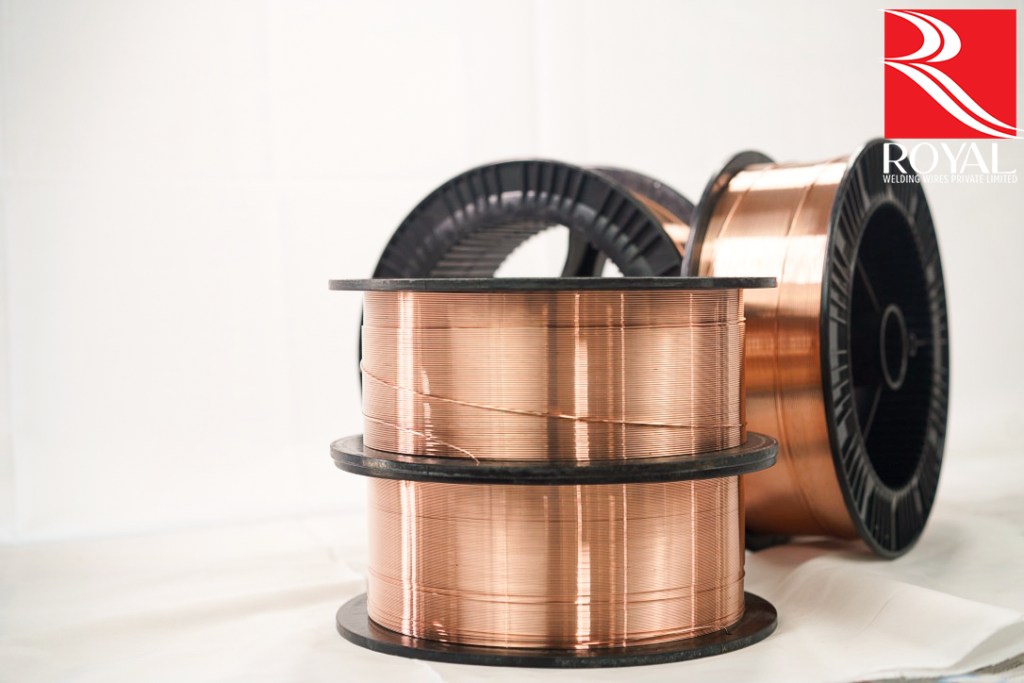Learn about submerged arc welding wire, including its features, specifications, benefits, and many more.
In this article, we have taken a closer look at submerged arc welding, one of the most common types of welding used in many industries. We discussed the basics of this welding process, as well as some tips for safe and successful use.
What is Submerged Arc Welding Wire?
Submerged Arc Welding Wire, or SAW wire, is typically used for welding steel. The wire is submerged in molten steel, and it uses a spool-type setup to keep the wire tight.
SAW wire is often used in welding heavy metals because it has a higher melting point than other welding wires.
The Advantages of Submerged Arc Welding Wire
Submerged arc welding wire is quickly becoming the go-to welding method for many welders. Here are some of the advantages of using this wire:
- Submerged arc welding wire is much more reliable than other types of welding wire. This is because it has a tighter melt than other welding wire types and can resist cracking and spalling.
- Submerged arc welding wire is also less likely to cause heat damage to the surrounding environment. This is because the arc is submerged in molten metal, meaning that there is no chance of an uncontrolled fire.
- Submerged arc welding wire is easier to control than other welding methods, making it ideal for delicate work.
- Lastly, the submerged arc welding wire is less expensive than other types of welding wire and requires fewer consumables, meaning that it can be more cost-effective in the long run.
Suppose you are looking for a reliable, easy-to-use welding method that has the potential to cause minimal environmental damage. In that case, the submerged arc welding wire is the perfect option for you.

How to Choose the Right Welder for Submerged Arc Welding Wire
Selecting the right welder for submerged arc welding wire is essential because the type of welder and the wire will affect the quality of the weld. Here are five tips to help you choose the right welder:
- Look for a welder that has a good reputation. A good welder will have a lot of satisfied customers, so look for reviews to help you make an informed decision.
- Choose a welder based on your welding needs. The type of wire you’re using, and your skill level will determine what kind of welder is best for you.
- Read the instruction manual thoroughly before starting your Welding project. You need to take safety precautions into account, such as using a shield or wearing eye protection.
- Test the welder before starting your welding project by trying out some simple welds. This will help you get an idea of how it works and if there are any problems with it beforehand.
- Buy a backup welder if your primary one fails during your Welding project. A backup will give you the confidence to continue working without worrying about damaging your equipment.
Take your Submerged Arc Welding Wire to the next level with our top-quality wire. Order now and experience the difference

The Advantages of Submerged Arc Welding Wire
Due to its many advantages, the submerged arc welding wire is a popular choice for welding. Here are four of the key reasons why you should consider using this type of wire:
- Submerged arc welding wire is more durable than other types of welding wire. This is because it is made from high-quality metals that are hardened through heat treatment.
- Submerged arc welding wire has a smaller diameter than other welding wires, making it easier to pass through tight spaces.
- Submerged arc welding wire does not produce as much heat as other types of welding wire, which means it is less likely to cause burns or injuries.
- Submerged arc welding wire is also less expensive than other types of welding wire.
The Disadvantages of Submerged Arc Welding Wire
There are a few disadvantages to using submerged arc welding wire, the most significant of which is the potential for electrode failures.
The weld can also be brittle and prone to breaking, leading to unexpected repairs or even more severe issues.
Additionally, the submerged arc welding wire is not as commonly used as other types of welding wire because of its higher price tag and limited availability.

What is the difference between submerged and arc weld metals?
Submerged arc weld metals are made from higher melting points alloys immersed in a gas or arc welding process. This results in a more consistent weld, as the molten metal is not allowed to cool and start to crack.
Arc weld metals have a higher melting point than submerged arc weld metals, which makes them better suited for specific applications.
Arc weld metals can withstand high temperatures, making them ideal for welding with high-gauge wire. They are also less brittle than submerged arc weld metals, making them easier to handle and form into desired shapes.
The different types of wire used for submerged arc welding
As we mentioned earlier, a few different types of wire can be used for submerged arc welding. The three main types are tungsten, molybdenum, and stainless steel.
Tungsten wire is the most common type used for submerged arc welding because it is cheap and easy to find. It has a high melting point, so it does not readily corrode, but it is also brittle and can break easily.
Molybdenum wire is a little more expensive than tungsten but much more substantial. It also doesn’t easily rust, but it can be brittle too.
Stainless steel wire is the most expensive option but also the strongest. It doesn’t easily rust, but it can be brittle too.
All these wires have their own advantages and disadvantages, so you must decide which is best for your project.

The things to watch out for when using submerged arc welding
There are a few things to watch out for when using submerged arc welding (SAW). The most common is the wire not being correctly connected to the torch. If the wire isn’t connected properly, it can heat up too quickly and cause an arc that that’s too short or too wide, which can cause a burn or sparks.
Additionally, ensure your hands and clothing are clean and free of oils or other greases before welding, as these can create problems with the weld. Finally, be sure to use a shield when welding in difficult-to-reach places.
What is the melting point of submerged arc welding wire?
The melting point of submerged-arc-welding-wire is around 1,020 degrees Fahrenheit.
requirement calculation of submerged arc welding wire
The requirement for submerged arc welding wire can be calculated using the following equation:
Required Wires = Input Wires × Distance Between Wires/Ammeter Wire Dia.
Requirements for submerged arc welding wire depend on the application and the type of wire. However, most welders agree on the following:
- The minimum specified diameter for wire is 0.032 in. (0.8 mm).
- Stick welding requires a minimum tensile strength of 60,000 psi (413 MPa).
- Tig welding requires a minimum yield strength of 80,000 psi (572 MPa).
- For MIG/MAG welder use, a flux-cored wire must have a melting point above 900°F (482°C).

formula to find submerged arc welding wire requirement
Submerged arc welding wire is an essential part of any welding operation. Knowing the formula to find submerged arc welding wire requirements can help you get the correct wire for your project.
To calculate the submerged arc welding wire requirement, use the following equation: ln(W) = A × B
Where;
ln(W) = Length of submerged arc welding wire in meters
A = Area of weld joint in meters2
B = Size of electrodes in mm
